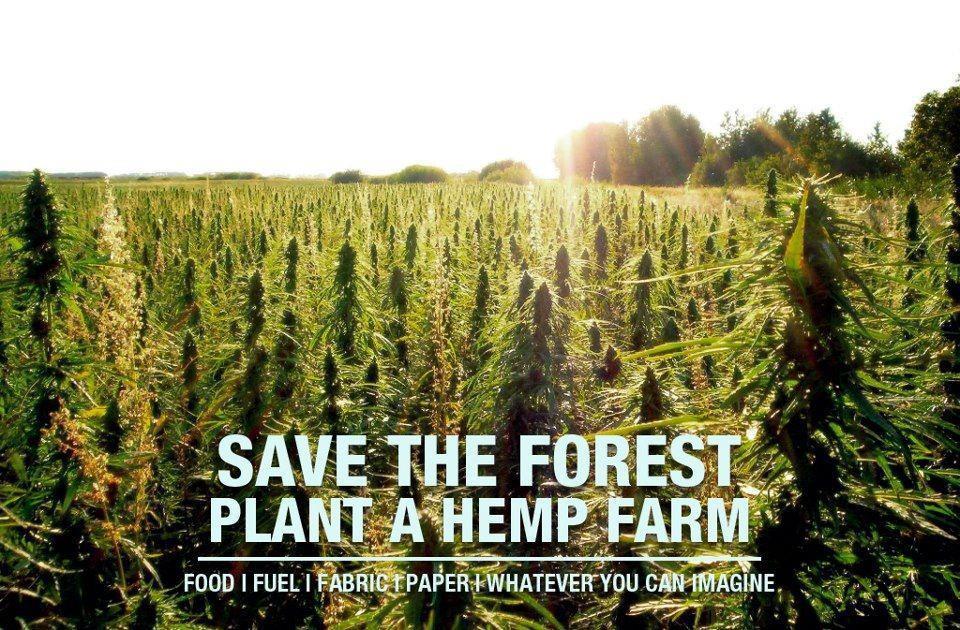 Born out of the massive oil spill in Santa Barbara, California in 1969, Earth Day has been honoured around the world on April 22 every year, since 1970. Senator Gaylord Nelson, inspired by the student anti-war movement, realized that if he could infuse the ‘hippie revolution’ energy with an emerging public consciousness about air and water pollution, it would force environmental protection onto the national political agenda. The mission of Earthday is to broaden, diversify and activate the environmental movement worldwide, through a combination of education, public policy, and consumer campaigns. This year the emphasis is on reducing carbon by planting trees. According to the UNFCCC and IPCC an ideal environmental policy approach to climate change mitigation would include the following objectives:
- Sequestration of atmospheric carbon dioxide.
- Prevent the destruction of natural ecosystems (biodiversity).
- It would not burden developing countries with costly socio-economic regulations.
- It would not require significant changes to current land use (i.e. displacing people or activities).
- It would have a minimal environmental impact and/or address other environmental/pollution problems simultaneously.
- It would also provide (socially equitable) economic incentives for _global_
Hemp cultivation ticks all the boxes but for many tree-planting is seen as the only viable panacea for reducing the obscene amount of CO2 we are pumping into the atmosphere. Why?How effective is tree-planting in reality? Tree growth is most efficient at the beginning, but slows down as the tree matures. In agro-forestry projects, tree based carbon is eventually re-emitted as the forest reaches maturity and the trees begin to die. In the meantime, tree bound carbon is very vulnerable to fire, small changes in climate, bad project implementation and lack of proper care, all of which can destroy the trees anyway, thus releasing carbon back into the atmosphere. Costly Tree planting is costly and requires a thorough environmental assessment of the land intended for planting, including a detailed evaluation of the type of trees to be used and subsequent long term management of land. Therefore, the benefits take many years before they can be realized economically. Land Issue It is also not possible to grow the quantities of trees required to significantly reduce atmospheric CO2 without removing huge quantities of land from agricultural use, leading to food shortages which would starve millions. The idea that there are millions of hectares of land with no-one using them, with no existing tree, human or other populations, sitting there, ready for agro-forestry carbon projects is totally unrealistic. In short, tree planting is not an attractive option because it does not solve the immediate needs of communities. Hemp as a natural CO2 offset Plant growth rates are directly proportional to CO2 uptake so naturally Hemp is far more efficient because it grows incredibly fast (4-5months), absorbing comparable or greater quantities of carbon dioxide to perennial trees (depending on climate, conditions etc) in only 30% to 40% of the year. 400% more efficient than trees Hemp is approximately 400% more efficient than trees at CO2 absorption. One hectare of hemp can absorb a minimum of 10 tonnes of CO2 annually in a temperate climate. Simultaneously, it also provides an annual source of sustainable raw materials, from textiles, fuel, oil and housing, etc that effectively lock in or recycle captured CO2. This can replace a range of fossil fuel based non-renewable resources responsible for massive CO2 emissions, increasing hemp’s overall ‘carbon value.’ Once harvested hemp can be weighed (and usually is for commercial reasons), making the carbon audit trail very simple to follow. The carbon remaining in the soil can also be accurately measured using a 'root to shoot' ratio. Versatile Because it is so virile, seasonal, increases the nutritional output of the land, increases yields from other crops in the rotation cycle, and bio-remediates and protects soil, while providing highly useful, versatile biomass, there is simply no comparison between tree projects and hemp cultivation for social and environmental benefits - including carbon dioxide uptake. Hemp also has the largest potential cultivation footprint of any plant on Earth, whereas tree species need specific conditions to grow efficiently, and thus are limited in scope and potential. In terms of logistics, the long (up to five year) land studies required to avoid the disastrous consequences that trees, such as Eucalyptus, can have on native species and eco-systems would add too much time to addressing the issues we face now. Hemp is viable solution Hemp offers genuine and effective sustainable solutions to the environmental challenges while also providing the key resources (energy, nutrition, raw materials) to meet the needs that created these challenges in the first place. Because of its adaptability Hemp is best grown locally to serve the specific of the needs of a community, extracting it away from traditional agro-farming and back into the hands of localised growers and family-based farmers, so everyone benefits. We are in an urgent planetary crisis of immense proportions and it’s time to liberate hemp from its political shackles and allow the full potential of this plant to be realised and utilised. By Rebekah Shaman livingshamanically.com



